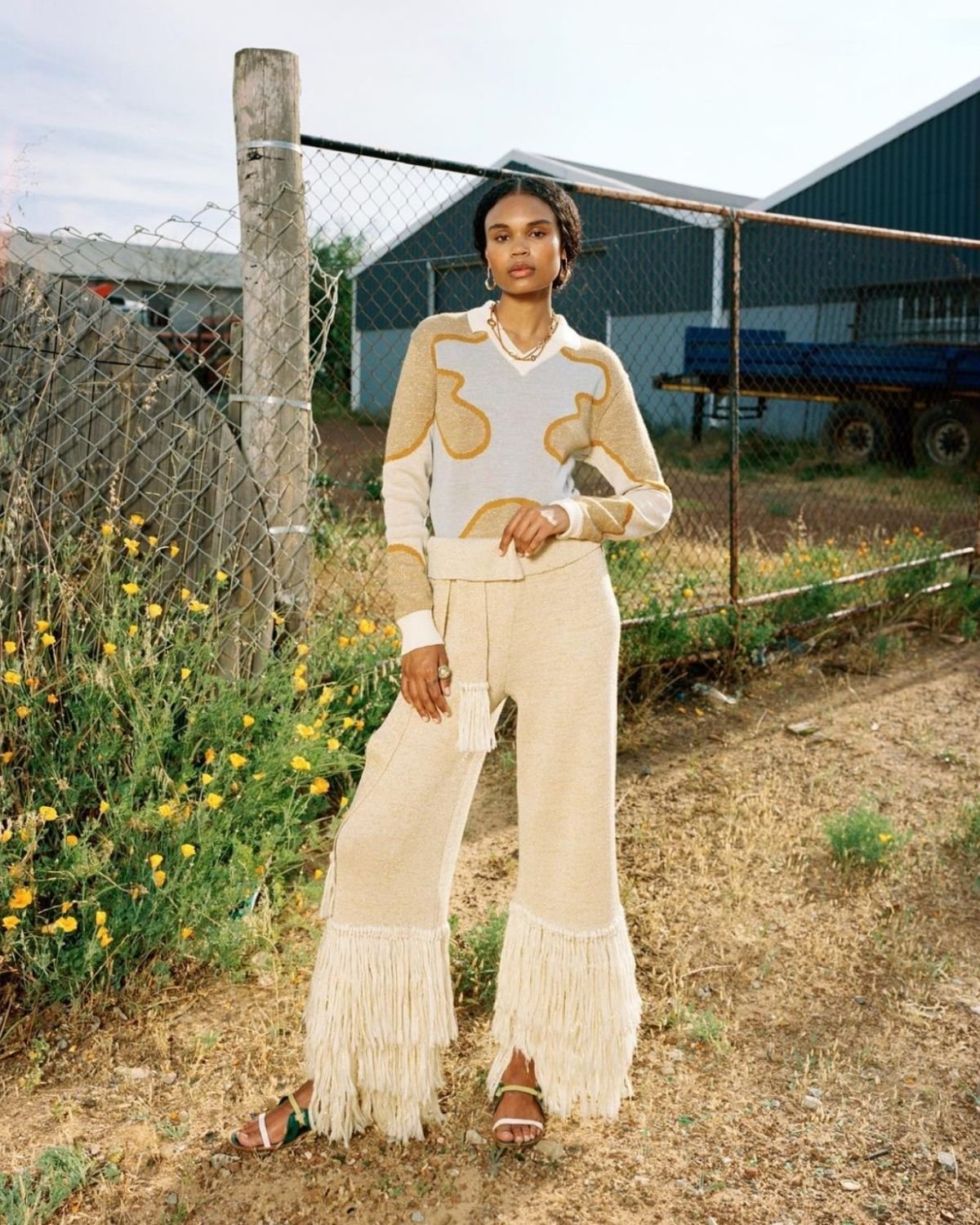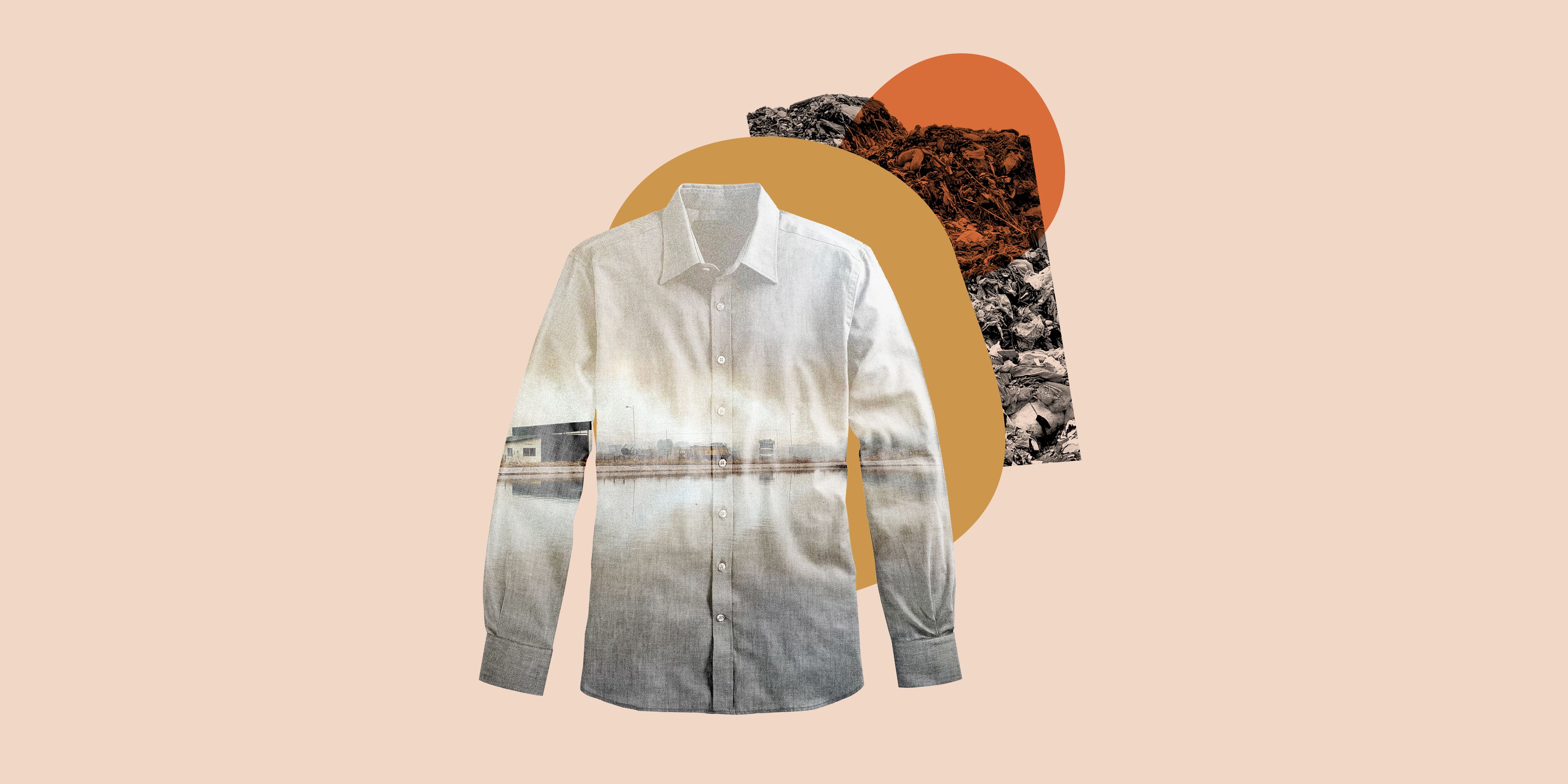Remain Ahead of the Contour by Exploring Innovative Style Trends
In a market as dynamic as fashion, staying ahead involves more than just complying with present fads-- it requires an expedition of technology. The merging of modern technology and style heralds a brand-new age of consumer interaction.

Embracing Smart Textiles
In the last few years, the fashion business has experienced a transformative change with the assimilation of smart textiles, a sophisticated advancement that mixes technology with material. This evolution represents not only a combination of aesthetic appeals and functionality however also a significant jump in the direction of sustainability and customization in vogue. Smart textiles, additionally referred to as e-textiles, embed advanced electronics such as sensing units and conductive threads within the textile, allowing garments to engage with the user or the atmosphere.
These fabrics are created to check physiological parameters, such as heart price or body temperature, providing real-time wellness analytics. Past wellness applications, wise textiles are additionally being utilized for adaptive clothing, which can transform shade or pattern in action to environmental stimulations, therefore using a dynamic fashion experience.
Furthermore, the development of energy-harvesting textiles that create power from motion or sunlight is paving the way for self-dependent wearable modern technology. This development is appealing to eco conscious consumers and designers aiming to lower the environmental impact of style. As research and development in this field development, smart textiles are anticipated to end up being significantly prevalent, reshaping the landscape of modern-day fashion with their multifunctional abilities.
The Surge of 3D Printing
Transforming the manufacturing landscape, 3D printing has become a game-changer in the fashion business. This innovative innovation has actually allowed designers to press the borders of creativity, generating detailed and personalized garments that were formerly inconceivable. By leveraging electronic layout and additive production, 3D printing assists in the creation of intricate geometries and patterns, enabling developers to trying out brand-new textures and structures.
A noteworthy advantage of 3D printing in vogue is its capacity to produce on-demand, reducing waste and decreasing supply demands. This efficiency not only optimizes production processes but additionally allows for fast prototyping, allowing designers to bring their visions to life in a shorter timeframe. Moreover, 3D printing sustains modification somewhat unequaled by typical techniques, providing individualized fits and one-of-a-kind layouts customized to individual consumer preferences.
The increase of 3D printing has likewise equalized fashion, making it obtainable to arising developers who can now produce high-grade pieces without substantial financial investment in traditional manufacturing framework. As innovation remains to advancement, the style industry is positioned to harness the complete possibility of 3D printing, checking out new products and strategies that will undoubtedly redefine just how fashion is developed and generated.
Sustainable Fashion Developments
As the apparel industry faces journalism need for ecological duty, lasting fashion technologies have actually emerged at the forefront of transformative change. The expanding recognition of ecological influence has actually fueled a change towards even more eco-conscious methods and materials. Brand names and designers are now focusing on sustainability, incorporating approaches that decrease waste and decrease carbon footprints.
One significant growth is the surge of circular style, which emphasizes recycling and upcycling to expand the lifecycle of garments. This method not just reduces waste yet likewise motivates customers to embrace an extra mindful approach to garments intake. Additionally, click for more the use of sustainable products, such as organic cotton, hemp, and recycled polyester, has obtained traction. These products need much less water and power during manufacturing, substantially decreasing environmental effect.
An additional innovation depends on the fostering of cutting-edge dyeing strategies that use waterless procedures or natural dyes, thus reducing the vast amounts of water and chemicals typically used in fabric dyeing. Furthermore, advancements in biotechnology have resulted in the creation of lab-grown leather and fabrics, using cruelty-free and eco friendly alternatives to traditional products. Via these introducing initiatives, the fashion business is making meaningful strides towards an extra lasting future.

Tech-Integrated Apparel
Tech-integrated clothing represents an innovative combination of fashion and technology, improving exactly how people engage with their clothes. This innovative domain name is marked by the inclusion of smart fabrics and embedded digital elements, enhancing both capability and aesthetic charm. From health and fitness trackers embedded in sports apparel to heated jackets controlled by means of mobile phone applications, tech-integrated clothing offers consumers unmatched convenience and adaptability.
Introducing brands are driving this fad, concentrating on producing garments that reply to ecological stimuli or individual commands. Discover More As an example, some garments can alter shade or pattern in action to temperature shifts, while others include biometric sensors to check health and wellness metrics like heart price or anxiety degrees. The seamless combination of technology into textiles likewise reaches ecological sustainability, with efforts to establish self-cleaning textiles or garments that get used to climate condition, therefore decreasing the need for several layers.
Furthermore, the development of wearable technology is not simply limited to clothes but includes accessories like watches and eyeglasses, additional expanding the scope of tech-integrated style. As the sector remains to innovate, the potential for personalization and personalization in apparel expands, offering customers unique, tech-enhanced style experiences that satisfy their specific requirements and choices.
Future of Virtual Fashion
In current years, the future of digital style has actually become a transformative force within the industry, leveraging advancements in electronic innovation to redefine how fashion is developed, experienced, and taken in. By incorporating increased truth (AR), digital reality (VIRTUAL REALITY), and 3D layout tools, designers can now craft immersive and interactive experiences that transcend typical fashion borders. Online fashion permits the creation of garments that exist only in electronic atmospheres, providing countless opportunities for technology without the limitations of physical manufacturing.
This digital change not only presents possibilities for innovative expression yet also addresses sustainability problems intrinsic in conventional style methods. Cape Town Sustainable Fashion. By eliminating the demand for physical resources, virtual style decreases waste and minimizes carbon impacts. Furthermore, the increase of virtual fashion straightens with the raising consumer need for one-of-a-kind and customized experiences, as virtual garments can be personalized and customized to specific preferences with convenience

Conclusion
The garment industry's future hinge on the combination of sustainable practices and ingenious technologies - Cape Town Sustainable Fashion. Smart fabrics and tech-integrated apparel are improving capability, while 3D printing provides possibilities for personalization and waste reduction. Sustainable style, through environmentally friendly products and round strategies, demonstrates a dedication to ecological stewardship. In addition, digital fashion is positioned to redefine customer communications. Adjusting to these trends is necessary for brand names seeking to remain affordable and pertinent in this quickly advancing landscape.
In recent years, the style market has actually observed a transformative shift with the assimilation of clever fabrics, an advanced technology that blends modern technology with textile.As the style industry grapples with the pressing demand for great post to read ecological responsibility, sustainable style advancements have actually arised at the center of transformative modification.In current years, the future of digital style has actually emerged as a transformative pressure within the sector, leveraging innovations in electronic technology to redefine just how style is produced, experienced, and taken in. The increase of virtual style straightens with the raising customer demand for one-of-a-kind and personalized experiences, as virtual garments can be personalized and tailored to individual preferences with simplicity.
The fashion industry's future lies in the integration of lasting methods and cutting-edge innovations.